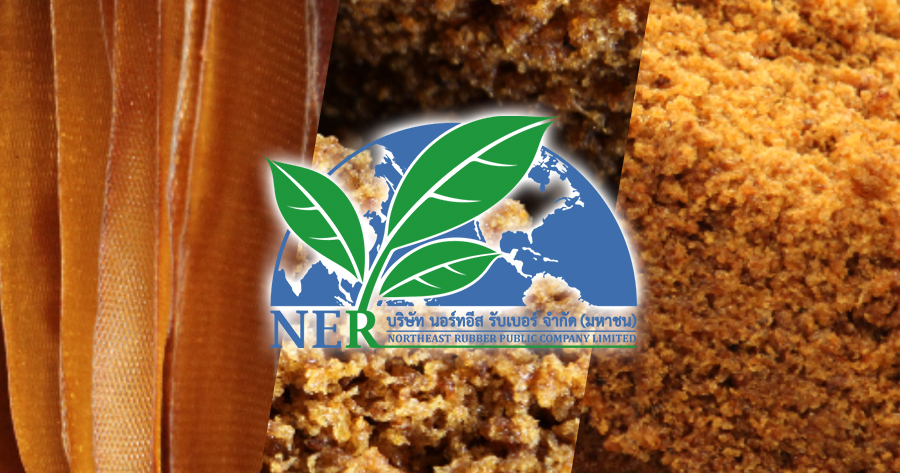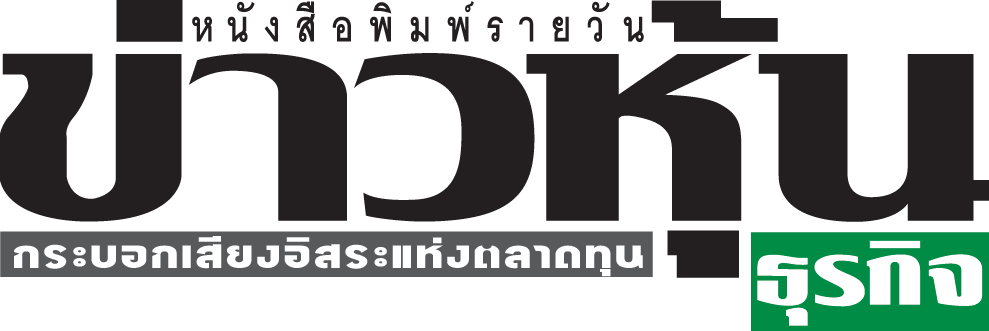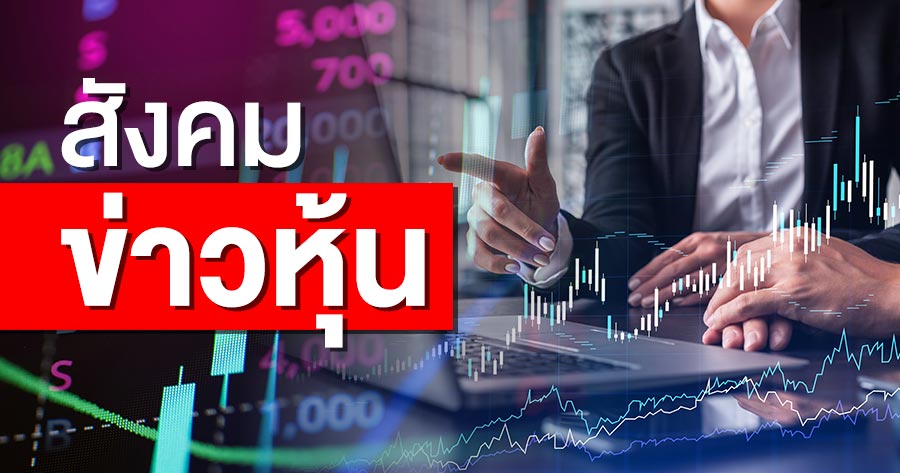
TRIS Upgrades NER’s Rating to BBB- with Stable Outlook on Expected Rubber Recovery
TRIS Rating upgrades the company rating on NER to BBB- with a stable outlook to reflect the expectation of recovery in the natural rubber industry and the company's more effective cost management.
TRIS Rating upgrades the company rating on Northeast Rubber Public Company Limited (NER) to BBB- from BB+, with a stable outlook. The upgrade reflects the continuously improved operating performance of NER.
The rating also reflects the expectation of recovery in the natural rubber (NR) industry and the company’s more effective cost management as a result of increased economies of scale from its plant expansion. The rating continues to reflect the company’s market position as a medium-sized processor in the Thai NR industry and its proven track record of producing and merchandising NR.
However, NER’s business profile is constrained by fluctuations in NR prices and exchange rates, government intervention, market concentration, single production site, and competition from major industry players.
Key Rating Considerations
1) Improved operating results. NER’s total operating revenue grew to THB16.4 billion in 2020, a 28% compound annual growth from THB6.1 billion in 2016. Its earnings before interest, taxes, depreciation, and amortization (EBITDA) also increased, to THB1.2 billion in 2020, from THB275-THB869 million in 2016-2019.
NER’s gross margin improved to 8.6%-10.5% during 2018-2020, from 5.7%-7% in 2016-2017. The improvement was the result of a more favorable product mix and lower average raw material costs. NER reported a net profit of THB486-THB859 million in 2018-2020, compared with a net profit of THB10-THB224 million in 2016-2017.
For the first three months of 2021, NERs gross margin widened to 11.5%, compared with 10.8% over the same period in 2020. Although average raw material prices for NR rose by 20% in the first quarter of 2021, average selling prices also increased, rising by more than 20% over the same period in 2020. NER is able to more effectively control costs supported by increased economies of scale from its rubber plant expansion.
TRIS Rating expects the company’s sales volume to expand throughout the rest of 2021 as the auto industry gradually recovers and economic conditions improve. However, demand in the auto industry will likely grow at a slower annual rate during 2022-2023 as demand-supply imbalances ease.
TRIS Rating forecast NER’s total operating revenues will grow by a robust 44% year-on-year (y-o-y) in 2021, before decelerating to 6% in 2022 and 2% in 2023. TRIS Rating expects the gross margin to remain around 12% in 2021, before slipping to 10% per annum during 2022-2023. NERs EBITDA margin is forecast to be around 10% in 2021, before declining to 7%-8% per annum in 2022-2023.
2) Gradual recovery in the NR industry is expected. According to the International Rubber Study Group (IRSG), a decline in NR supply and demand worldwide during the Coronavirus Disease 2019 (COVID-19) pandemic led to a drop in global NR prices in 2020. However, the average prices for all NR products jumped by 23%-43% y-o-y during the first four months of 2021 following a recovery of demand in the auto industry. The spurt in demand was supported by governments stimulus policies, especially that of China, and strong demand for concentrated latex to produce gloves during the COVID-19 pandemic.
TRIS Rating expects the NR industry to continue to recover for the rest of 2021. NR consumption is forecast to expand by 5.6% to 13.4 million tonnes in 2021 amid gradual reopening of economies worldwide and the exhaustion of NR stocks in the major markets, especially China. Consumption should then continue to grow by a further 5.3% in 2022 and 4.7% in 2023. NR production is forecast to increase by 4.4% to 13.5 million tonnes in 2021, then by 5% in 2022 and 4.2% in 2023. A shortfall in NR supplies could be expected from 2023 onwards.
3) A medium-sized NR processor. NER’s market share, in terms of sales volume of NR products, was 3%. The company’s market share is on par with most other medium-sized NR producers. The market leader in Thailand holds an 8%-10% share of the market. NERs revenue base was moderate at around THB10.1-THB16.4 billion per year during 2017-2020. Its revenue ranked fourth among NR processors in Thailand. NER has long-established relationships with its customers, most of which are medium- to large-sized companies.
4) Financial leverage is likely to decline. NER’s financial leverage is considered moderate. The company’s total debt to capitalization ratio declined to 58.1% in 2020 and 57.4% at the end of March 2021, down from 58.9% in 2019. This was due to short-term loan repayments and higher retained earnings.
In TRIS forecast, NERs capital expenditure is estimated to be THB210-THB220 million per annum in 2021-2022 and THB100 million in 2023. Most of the spending is earmarked for production of animal bedding, installation of solar cells, and capacity expansion of the existing block rubber processing facilities. As a result, the company’s debt to capitalization ratio is expected to rise to 62% in 2021 and gradually decline to 49%-61% during 2022-2023. TRIS Rating notes that the company also has a high level of priority debt at 83%. Thus, the issue rating on NERs senior unsecured debt might be one notch below the company rating, reflecting the structural subordination risk.
5) Adequate cash flow protection. TRIS Rating expects NER to have adequate liquidity over the next 12 months. The company has outstanding debts of THB123 million due over the next year. Our base-case forecast projects funds from operations (FFO) of around THB1.8 billion over the same period. The company had cash and cash equivalents of THB328 million and unused credit facilities of THB1 billion, as of March 2021.
Looking forward, NER’s FFO to total debt ratio is projected to improve to 20%-25% in 2021-2023, up from 14%-19% during 2018-2020, while the EBITDA interest coverage ratio is forecast to be 5-7 times in 2021-2023, compared with 3-5 times in 2018-2020.
Overall, the stable outlook reflects the expectation that NER will maintain its competitive position in the NR industry, an adequate liquidity position, and a balance sheet strong enough to withstand the effects of volatile rubber prices.
The credit upside is limited in the near term following this upgrade. However, TRIS could lower the rating if NERs debt-to-EBITDA ratio sustainably increases above 5 times. This could occur if its margins contract significantly, which could be a result of its inability to cover increases in raw material costs, or if global demand for tires falls significantly. Any debt-funded expansion, which materially weakens the company’s balance sheet and cash flow protection, could also impact the rating on NER.


